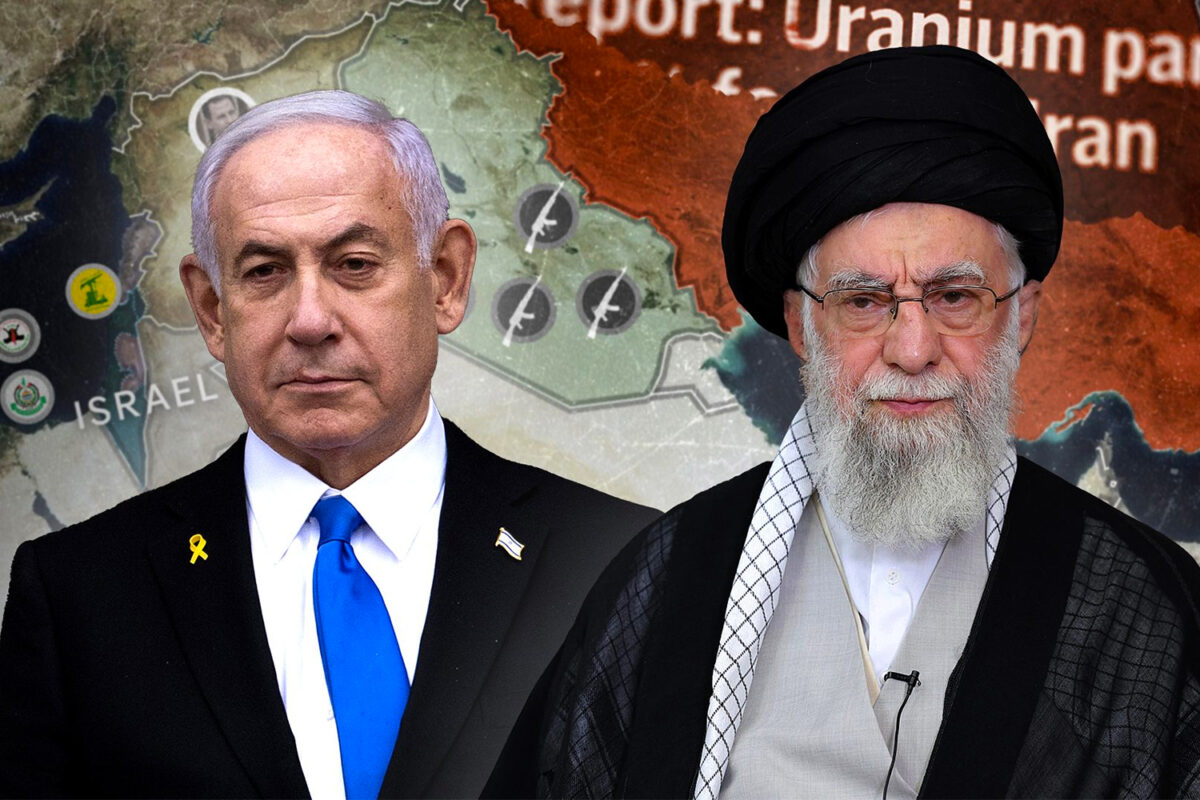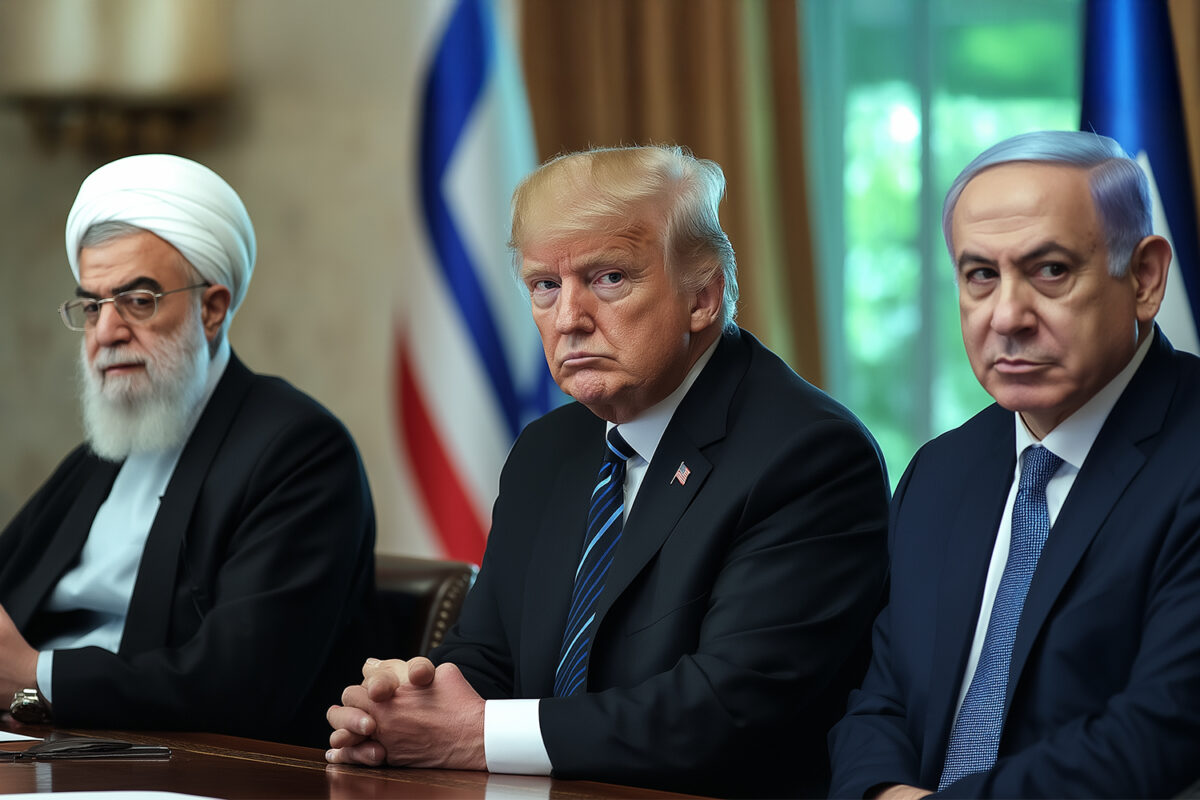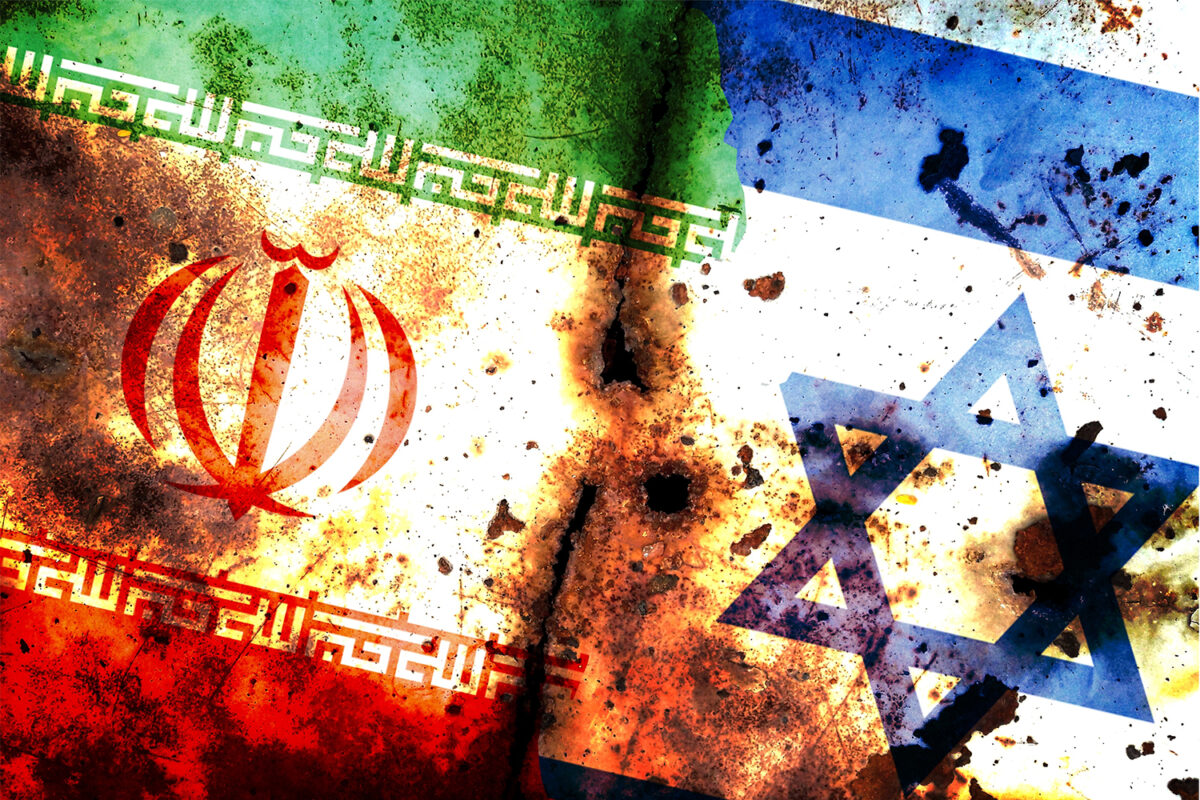The Arab Spring officially reached Syria on 15th March 2011 as protests began in Damascus, Aleppo, and the southern city of Daraa. The protests were triggered by the incarceration and torture of several young students, who were arrested for writing anti-government graffiti in the city – ‘The people want the fall of the regime.'[1] Today, 4 years on, with the death toll well in excess of 200,000 people and with half of the country’s 22 million population displaced, the demand for real change continues in Syria. What is taking place in Syria has now engulfed much of the world with many from across the world contributing to the demands of the indigenous people for real change. It has also led to the interference by the world’s powers, whose actions have been the complete opposite to their rhetoric. One year ago the rebel groups were launching attacks in the Capital of Syria – Damascus, itself. There are four key reasons why the rebel groups have not succeeded in building upon this.
Firstly, the main factor that has halted the rebel advance has been the emergence of ISIS in Syria. Their entry into the Syrian theatre has changed the dynamics and this has aided the al-Assad regime immensely. ISIS’s presence in Syria can be traced officially to April 2013 when Abu Bakr al-Baghdadi declared the merger between his group in Iraq and Jabhut al-Nusra in Syria. The rejection of this by al-Nusra leader Muhammed Joulani led to the creation of ISIS which entered into a protracted battle with al-Nusra and every other rebel group in Syria seizing territory from them. Today, most of the Iraqi-Syrian border is in ISIS hands and much of the north of the country from Deir ar Zour to ar-Raqqa governorate and Aleppo governorate is under ISIS control – although Aleppo is still being contested. When al-Assad’s army was overstretched, ISIS caused a division amongst the rebel groups as it began the conquest of northern areas already under rebel control. This fracture resulted in the rebel groups turning their attention to ISIS giving the al-Assad regime the breathing space it needed. US Secretary of State John Kerry argued in November 2014 that the country’s two sworn enemies were propping each other up: “That assumption is actually based on a misreading of the political reality in Syria. In fact the Assad regime and Isil are dependent on one and other, that’s why Assad has relentlessly bombed areas held by the moderate opposition while doing almost nothing to hinder Isil’s march.”[2]
Secondly, the people of Syria rose up against the regime of Bashar al-Assad 4 years ago in order to bring real change to the nation. They fought the regime across the length and breadth of the country and held the nation’s armed forces to a stalemate. The rebel groups organized into battalions and groups of battalions leading a guerrilla war against the regime. Eventually their lack of capability caught up with them, the lack of heavy weaponry and a constant flow of munitions meant they were unable to topple the regime. At this point some of the groups turned to regional players for arms, whilst others turned to international powers. This inadvertently opened the door to foreign interference. Countries such as Turkey, Saudi Arabia and Qatar, as well as the US, Britain and Russia have only provided weapons which create a dependency rather than the necessary heavy weaponry necessary to topple the regime. The Wall Street Journal highlighted: “Some weapons shipments were so small that commanders had to ration ammunition. One of the US.’s favorite trusted commanders got the equivalent of 16 bullets a month per fighter. Rebel leaders were told they had to hand over old antitank missile launchers to get new ones.”[3]
Thirdly, the support for maintaining the al-Assad regime by the international powers, despite their rhetoric to the contrary has provided cover to the al-Assad regime to commit multiple atrocities in order to remain in power. After 4 years, the West has stopped hiding its true intention of maintaining as much of the Syrian regime and is now openly advocating Bashar al-Assad remains in power and the rebel groups should join his regime in some type of coalition government. The anti-regime rhetoric was always a cover for the regime to quell the uprising in Syria. Ryan Crocker, the former US ambassador to Syria, Iraq, and Afghanistan, wrote in 2013, getting rid of Mr. Assad is likely to produce “a major country at the heart of the Arab world in the hands of Al Qaeda.” As matters stand, ISIS is the enemy and Bashar al-Assad is the moderate who needs to remain in power, otherwise the alternative could be far worse. In the New York Review of Books, Jessica Matthews, outgoing president of the Carnegie Endowment for International Peace, wrote that the U.S. should take advantage of a rare moment of agreement with both Saudi Arabia and Iran and lead an international push for a peace deal that would allow Assad to remain in power but with “most of his power dispersed to regional governors, the prime minister, the parliament, and the military. Though he is a war criminal, Assad’s personal fate matters less at this point than his country’s.”[4]
Fourthly, Iran has played a central role in maintaining the al-Assad regime, without its support the as-Assad regime would have struggled to remain in power. The Iranian security and intelligence services have not just advised and assisted the Syrian military but efforts have evolved into training missions using Islamic Revolutionary Guards Corps (IRGC) Ground Forces, Quds Force and intelligence services. The deployment of IRGC Ground Forces to a conflict abroad is an expansion of Iran’s willingness to project military force beyond its borders. Iranian financial largesse has been ever more critical. In January 2013, Syrian state media announced a $1 billion “credit facility agreement” with Iran.[5] Five months later, Syrian officials announced that Iran would provide Damascus an additional $3.6 billion line of credit “to finance the purchase of petrol and associated products.”[6] Iran also provided Syria with conventional and unconventional military aid. According to both US government reports and Iranian official statements, Tehran has helped create a 50,000 strong Syrian paramilitary group known as Jaysh al-Shabi (The People’s Army) to aid Syrian government forces.[7]
The conspiracy against the people of Syria continues as all the regional players and international players do not want real change to succeed in this strategic country at the heart of the Middle East. What has shocked most of the world has been the resolve of the people of the country in continuing their uprising into its fourth year. The people of Syria rose up against the regime of Bashar al-Assad 4 years ago in order to bring real change to the nation. They fought the regime across the length and breadth of the country and held the nation’s armed forces to a stalemate. The rebel groups organised into battalions and groups of battalions leading a guerrilla war against the regime. Whilst in many of the other nations that witnessed mass uprisings to remove the status quo, they eventually succumb to the pre-revolutionary systems, but in Syria the people refuse to compromise and enter into negotiations with the regime.
[1] http://www.bbc.co.uk/news/world-middle-east-12794882
[2] http://www.theguardian.com/world/2014/nov/17/john-kerry-isis-bashar-assad-symbiotic
[3] http://www.wsj.com/articles/covert-cia-mission-to-arm-syrian-rebels-goes-awry-1422329582
[4] http://www.nybooks.com/articles/archives/2014/nov/06/there-answer-syria/
[5] Syria and Iran Ink Credit Deals,” al-Bawaba, January 17, 2013
[6] http://uk.reuters.com/article/2013/07/31/us-syria-crisis-iran-idUSBRE96U0XN20130731
[7] http://carnegieendowment.org/2013/08/27/iran-s-unwavering-support-to-assad-s-syria




